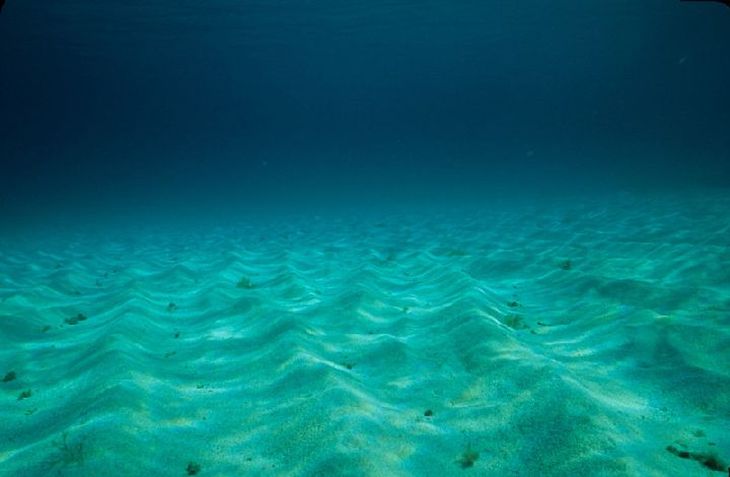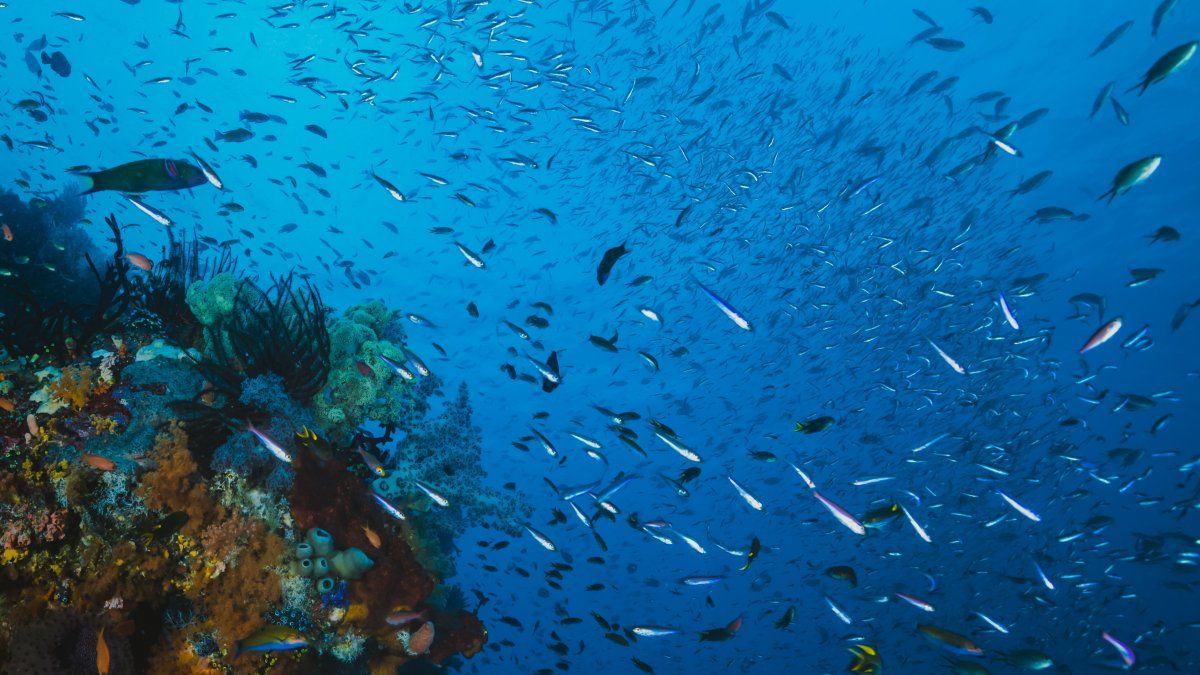The organization hopes to be able to publish the figures for the period 2020-2023 this year.
The United Nations Organization (UNO) announced that some 6 billion tons of sea sand and other sediments are extracted from the oceans every year, which is equivalent to more than a million trucks a day. For which he alerted about the “serious consequences” of this activity for the biodiversity and the Fishing resources.
The content you want to access is exclusive to subscribers.
He United Nations Environment Program (UNEP) managed for the first time to collect data using the artificial intelligence (IA) on the extraction of marine sand.


The experts used the automatic identification system (AIS) of the ships and then trained the AI to distinguish the ships that they extract sand thanks to your scroll mode.
“The signals emitted by the ships allow us to have access to the movements of all the ships on the planet“, told the AFP news agency the director of the data analysis center of the Pnuma, Pascal Peduzzi.
sea sand.jpg

The serious consequences of large sand extractions
The data shows that this activity does not stop growing and “begins to take on gigantic proportions.” The extraction vessels they’re like “vacuums” that “crush the seabed” and the “sterilize”, doing disappear ocean microorganisms and endangering biodiversity and the Fishing resources.
In addition, the organization hopes to be able to talk with the companies in the sector so that they are more respectful with the environment improving their extraction practices.
He analysis is still in a initial phase and only 50% of ships are trackedbut the UN estimates that between 4,000 and 8,000 million of tons of sea sand and other sediments were extracted every year in the seas and oceans from 2012 to 2019.
Source: Ambito




